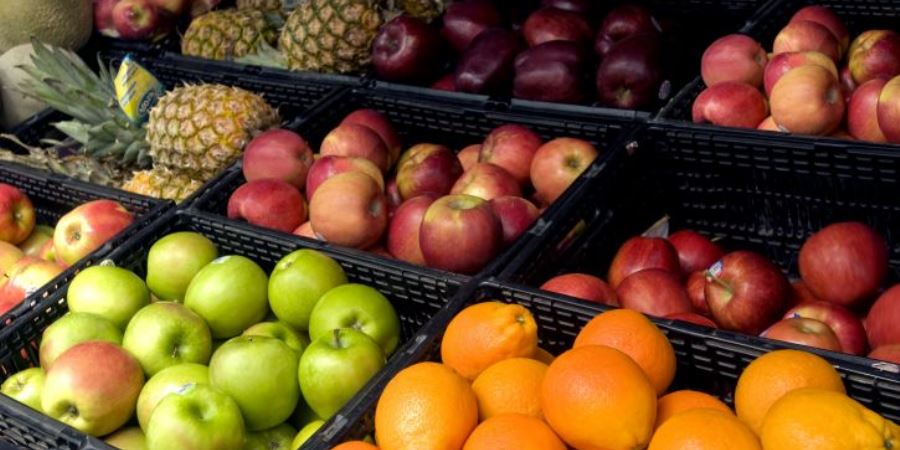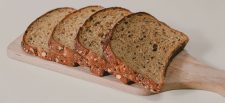Chief executive of the British Retail Consortium, Helen Dickinson OBE said that food prices should start to decrease over the next few months, citing a cut to wholesale prices amongst influencing factors.
Shop price annual inflation decelerated to 8.8% in April, down slightly from 8.9% in March. This is above the three-month average rate of 8.7%. Meanwhile, shop price growth remains near record-highs.
Food inflation accelerated to 15.7% in April, up from 15% in March. This is above the three-month average rate of 15.1%, and is the highest inflation rate in the food category on record.
Within the category, fresh food inflation increased to 17.8% in April, up from 17% in March. This is also the highest inflation rate in the fresh food category on record.
In addition, ambient food inflation rose to 12.9% in April, up from 12.4% in March – marking the fastest rate of increase within the category to date.
Ready meals and coffee beans affected by production costs
Dickinson commented: “The knock-on effect from increased production and packaging costs meant that ready meals became more expensive and coffee prices were also up due to the high cost of coffee beans, as well as key producer nations exporting less. Meanwhile, the price of butter and vegetable oils started to come down as retailers passed on cost savings from further up the supply chain.
“We should start to see food prices come down in the coming months as the cut to wholesale prices and other cost pressures filter through. In the meantime, retailers remain committed to helping their customers and keeping prices as low as possible.”
Dickinson added that Government must also help by minimising the impact of oncoming regulatory burdens as, she said, these will hold back investment and ultimately contribute to ongoing high prices for already-squeezed households.
Loyalty schemes winning from high food inflation
Mike Watkins, head of retailer and business insight, NielsenIQ, said: “In recent weeks, more retailers have used loyalty schemes or money off promotions to help stimulate sales. However, with inflation yet to peak and sales volumes in decline in many channels, it’s difficult to second guess the strength of consumer confidence. Given the falls in disposable income we really need to see CPI back into single figures and a slowdown in food inflation to test shoppers’ willingness to spend.”









